Vietnam Game Connect 2025: Retention First for Long-Term Value in Casual Mobile Games
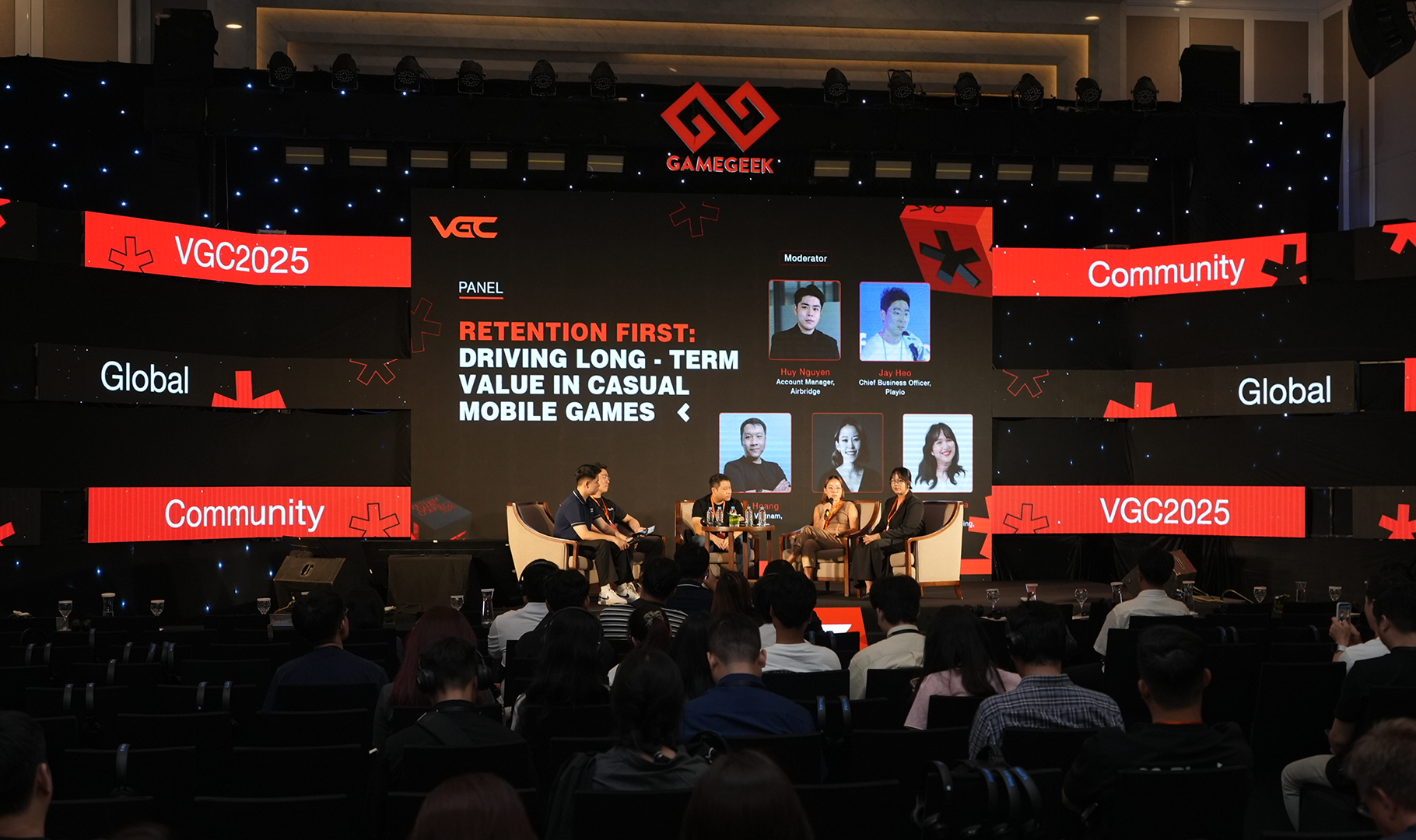

What does retention really mean now? How should studios adapt to a rapidly shifting UA landscape? And more importantly, how can product and monetization teams build games that truly scale?
These are just some of the questions that Huy Nguyen, Account Manager at Airbridge, raised at Vietnam Game Connect 2025. The answers offered more than just insight; they served as a clear reminder of where the industry is heading. For game studios focused on sustainable growth, the priority is shifting away from flashy install numbers or ad spend towards precision, clarity, and systems that deliver real results.
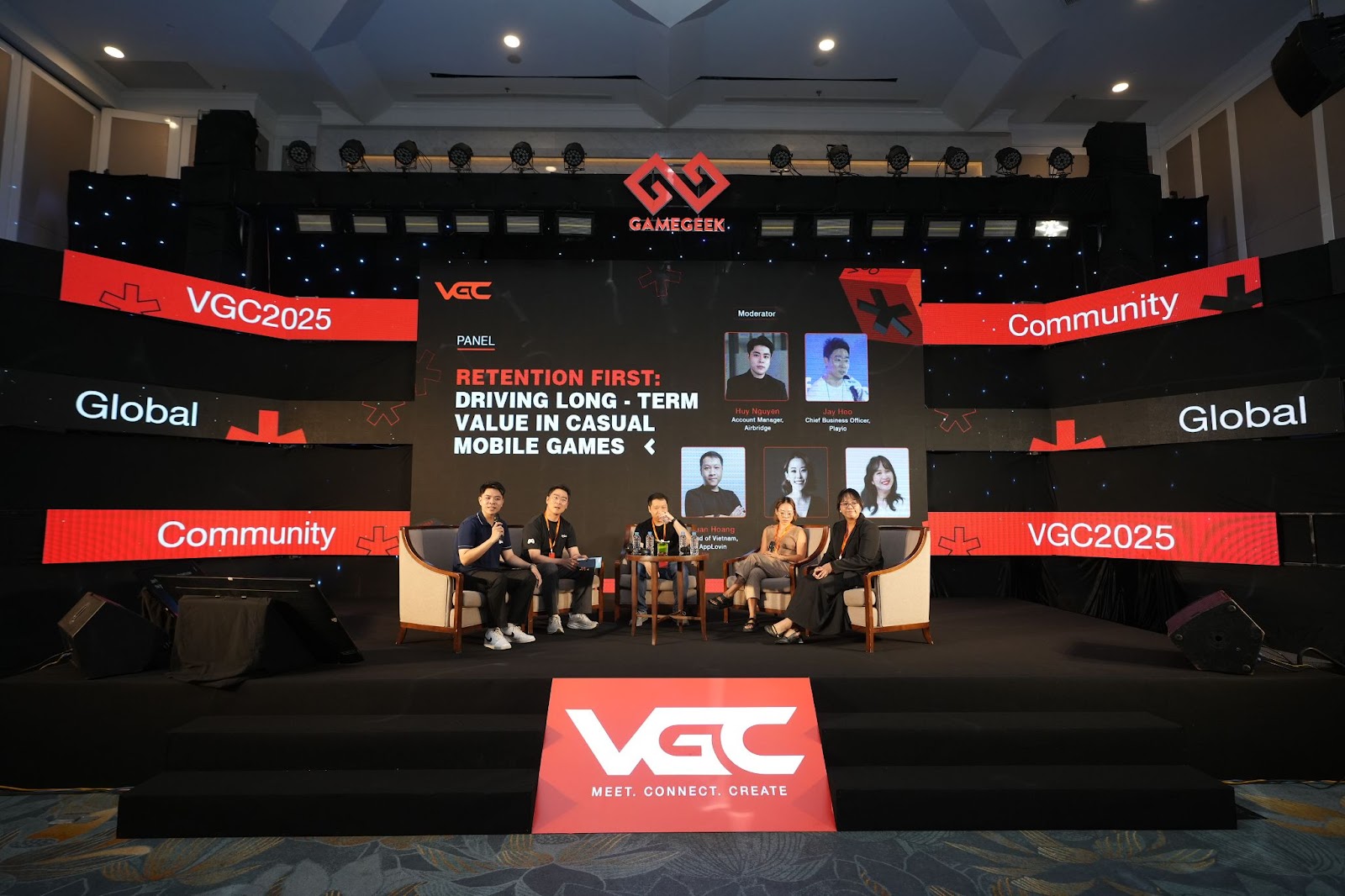
Here’s a quick recap of the key questions and insights that bring "Retention First" to life and show what it takes to drive long-term value.
For Lion Studios’ Director at Studio Management, Chansun, the biggest change in UA (User Acquisition) is how little manual work it now requires and how much creative strategy it demands instead.
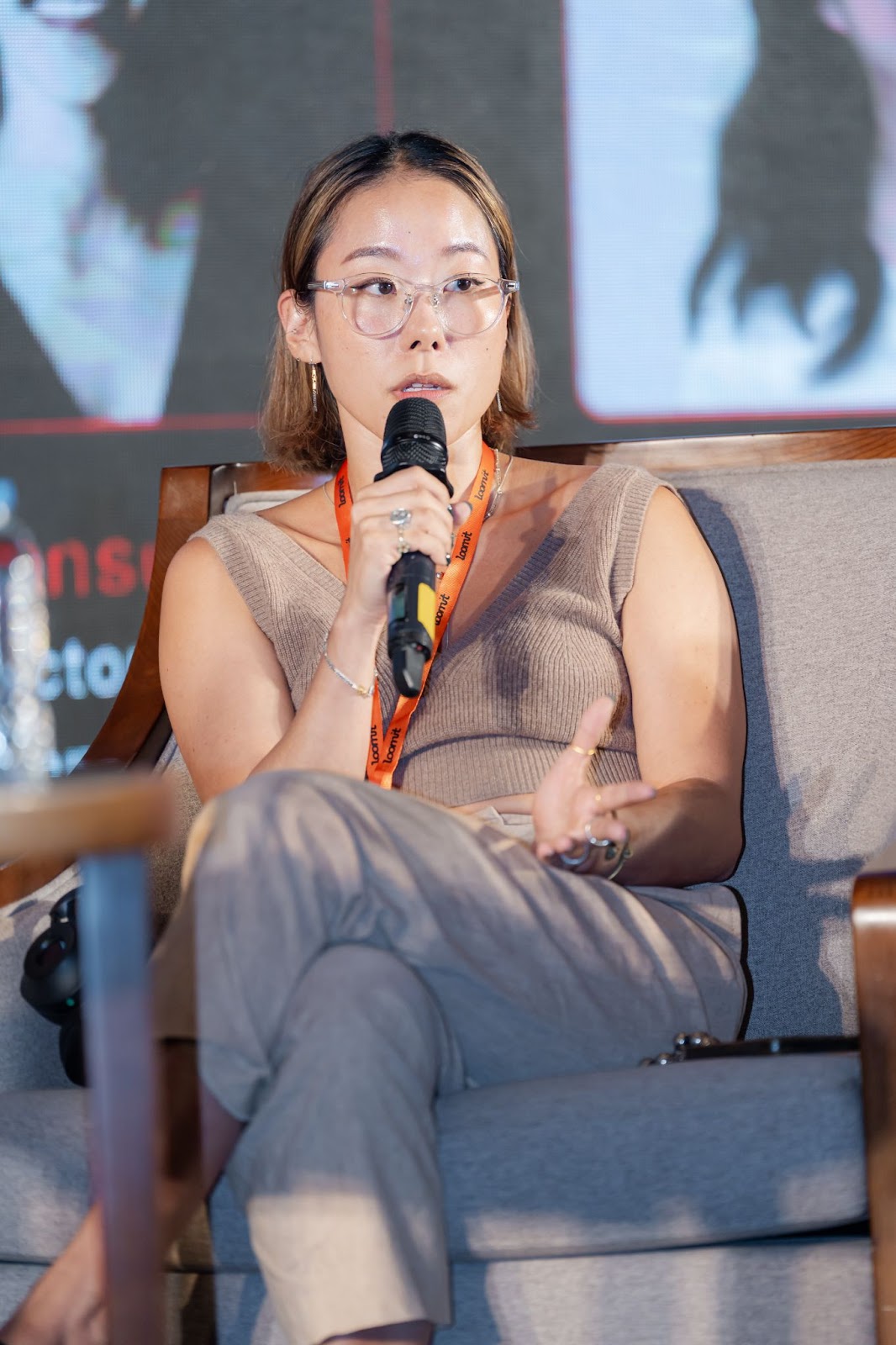
“What is important these days is that you feed the algorithm the right set of creatives so that your campaign can scale better.”
UA teams no longer need to micromanage campaign structures and settings. Instead, they need to deeply understand platforms like TikTok and Meta, and deliver creatives that help those platforms do what they’re designed to do: find and scale to the right users. This shift is driven by mounting privacy pressures, such as Apple’s ATT, which restricts user-level data and limits targeting accuracy, thus making creative relevance and UGC essential for reaching the right audience and driving conversions with authenticity.
One more thing to keep in mind, UA is not a single solution to the problem. The product itself needs to support long-term retention, higher LTV, low CPI in order for UA campaigns to scale better.
Jay Heo, Chief Business Officer at Playio, emphasized that reward systems are evolving fast, and AI is right at the center of it. Playio’s AI is built to better understand player behaviour and deliver value not just to users, but also to game companies.
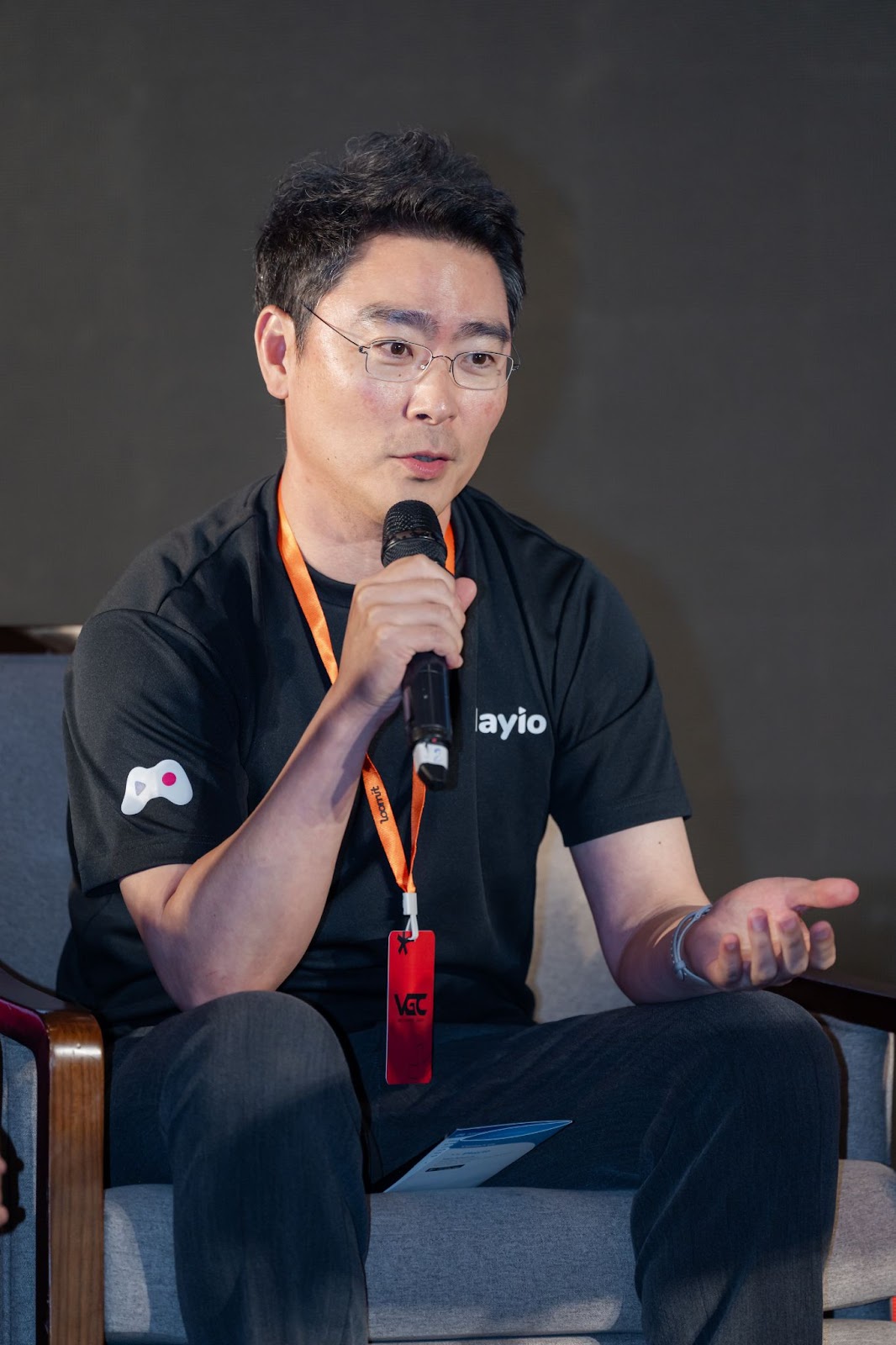
Old models like offering a one-time reward (e.g., $1 for a download) have nearly zero retention value. The new approach is dynamic and behavior-based: rewards are spaced out by level or action, and continuously optimized by AI to maximize engagement and lifetime value.
The ultimate goal? Convert one-time downloaders into long-term players through smarter, deep-funnel engagement.
AppLovin’s Head of Vietnam, Tuan Hoang, answered this one with a case study. After launching their new algorithm, they saw dramatic improvements across Day 7 ROAS.
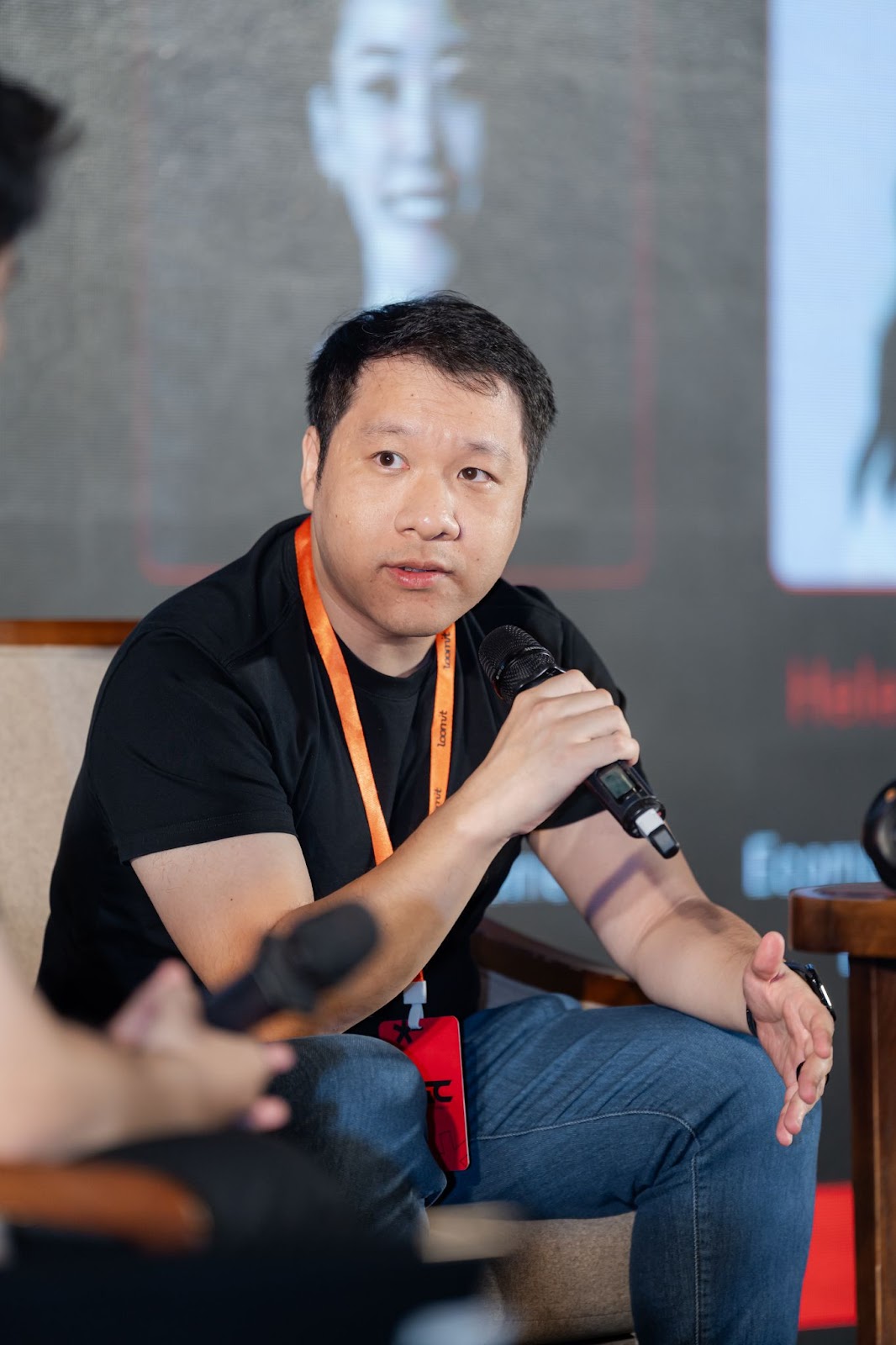
What made the difference? Smarter level design.
He emphasized that moments of friction, like a player needing just two more moves to beat a level, became key monetization triggers. Whether through a rewarded ad or a one-time offer, well-placed friction drove both engagement and revenue.
Helen, Head of Ecomdy Global Gaming, shared a surprising shift: Studios aren’t just using TikTok for UA. They’re using it for retention.
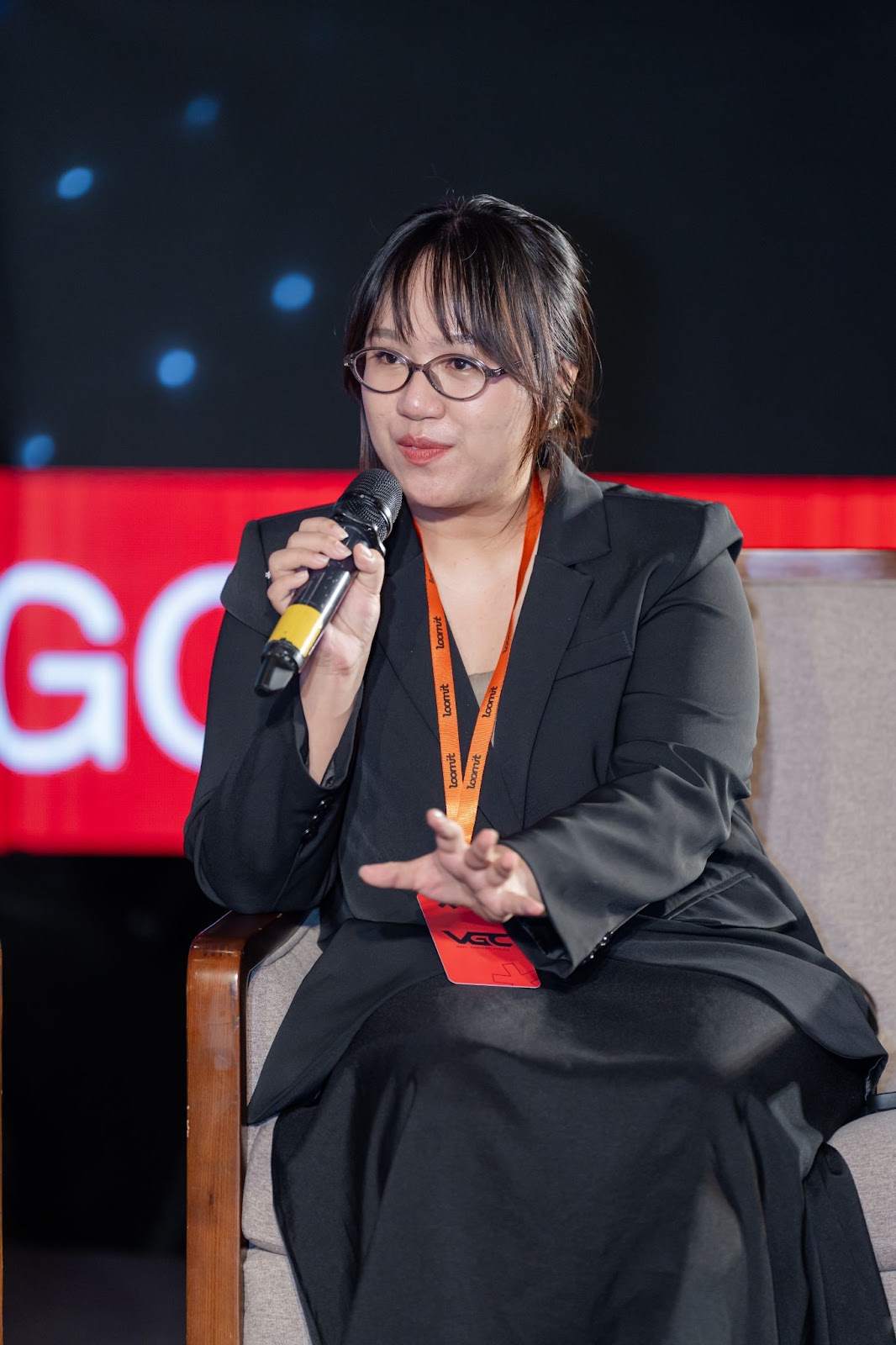
Rather than running short-term paid campaigns, studios are now building long-term branded spaces on TikTok to foster community, boost organic loyalty, and reduce acquisition costs over time. It’s no longer just about going viral; it’s about staying visible in users’ feeds and keeping players engaged.
“Studios started to build the community on TikTok so that they can keep the user staying with their game longer and longer.”
Chansun shared that out of hundreds of prototypes, only a fraction move forward, and even fewer make it to launch. Around 20% of them advance to the monetization stage, and among those, less than 10% are eventually published. To keep teams motivated, Chansun focuses on two key practices: sharing learnings across teams so every prototype contributes to collective knowledge, and using a bounty system that rewards developers for hitting KPIs, even if the game doesn’t launch. In other words, they reward smart thinking, not just final outcomes.
She also noted a shift in how publishers validate prototypes. While companies like Voodoo, Rollic, and Homa once relied heavily on Facebook for early testing, many are now turning to platforms like Unity and TikTok to better match evolving audience behaviors.
Jay Heo returned to dive deeper into the mechanics behind reward-based user paths, reinforcing why structure matters.
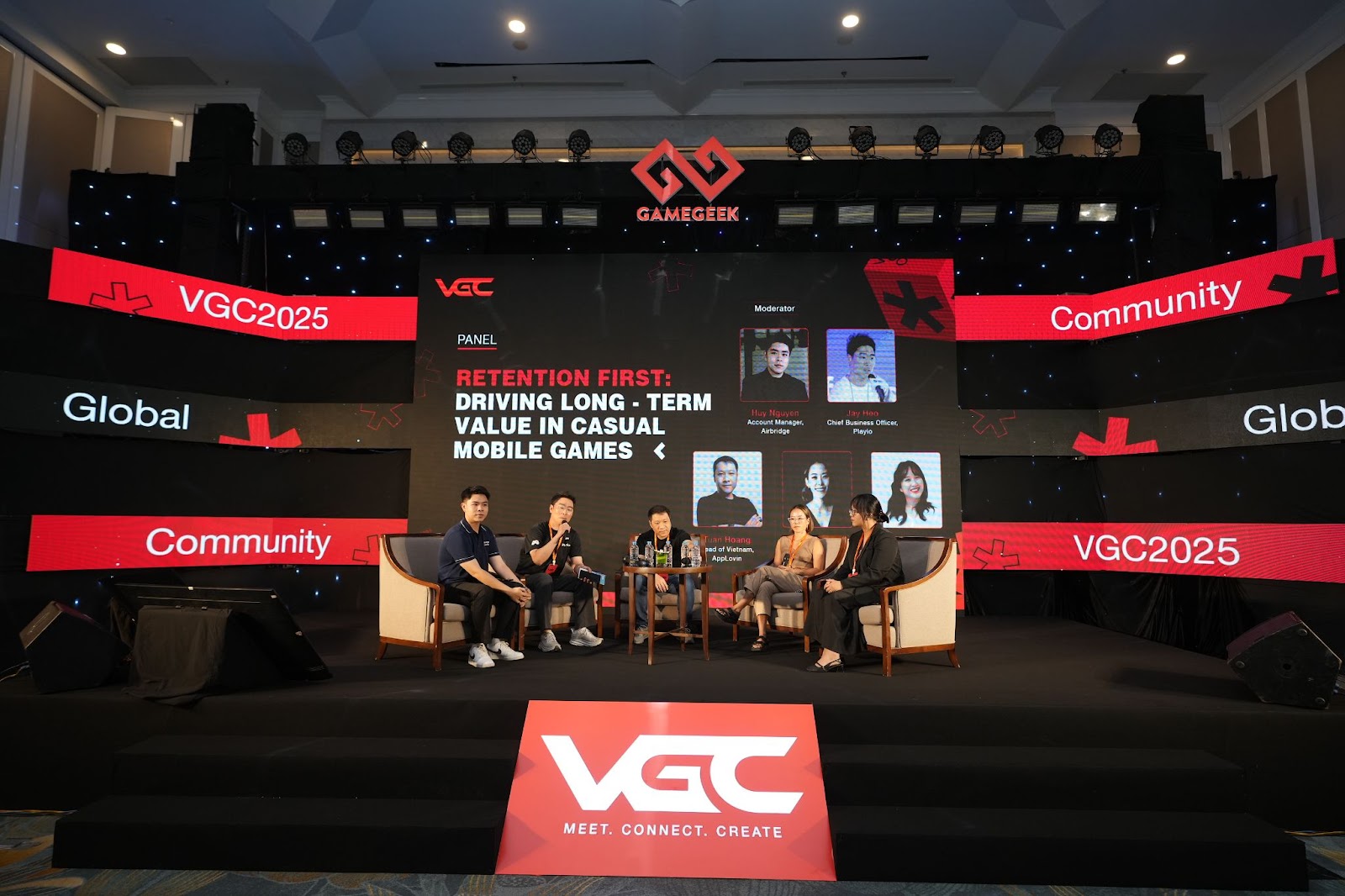
“There should be a multi-layer engagement where, after the users download, they are incentivized to complete tasks several times to get increasingly appealing rewards.”
He explained that rather than relying on one-and-done rewards, players are encouraged to complete levels, repeat key actions, or unlock items over time. Each layer of reward adds stickiness and boosts retention. It’s part motivation system, part behavior prediction engine.
It’s true that many teams now focus on maximizing eCPM by adding as many ad networks as possible to their stack to optimize bidding. But Tuan Hoang pointed out a key metric that often gets overlooked: ROAS multipliers. Instead of just looking at Day 0 or Day 7 revenue, teams should track growth between stages.
“To us, a good game should have the ROAS uplift by 3 times between Day 0 and Day 7,… and by 2.5 times between Day 7 and Day 30.”
This kind of ratio gives a clearer picture of scale potential. A game with strong early ROAS but no growth afterward is likely peaking too soon. On the other hand, steady multipliers signal growth in monetization efficiency, exactly what platforms like AppLovin look for when deciding where to push traffic.
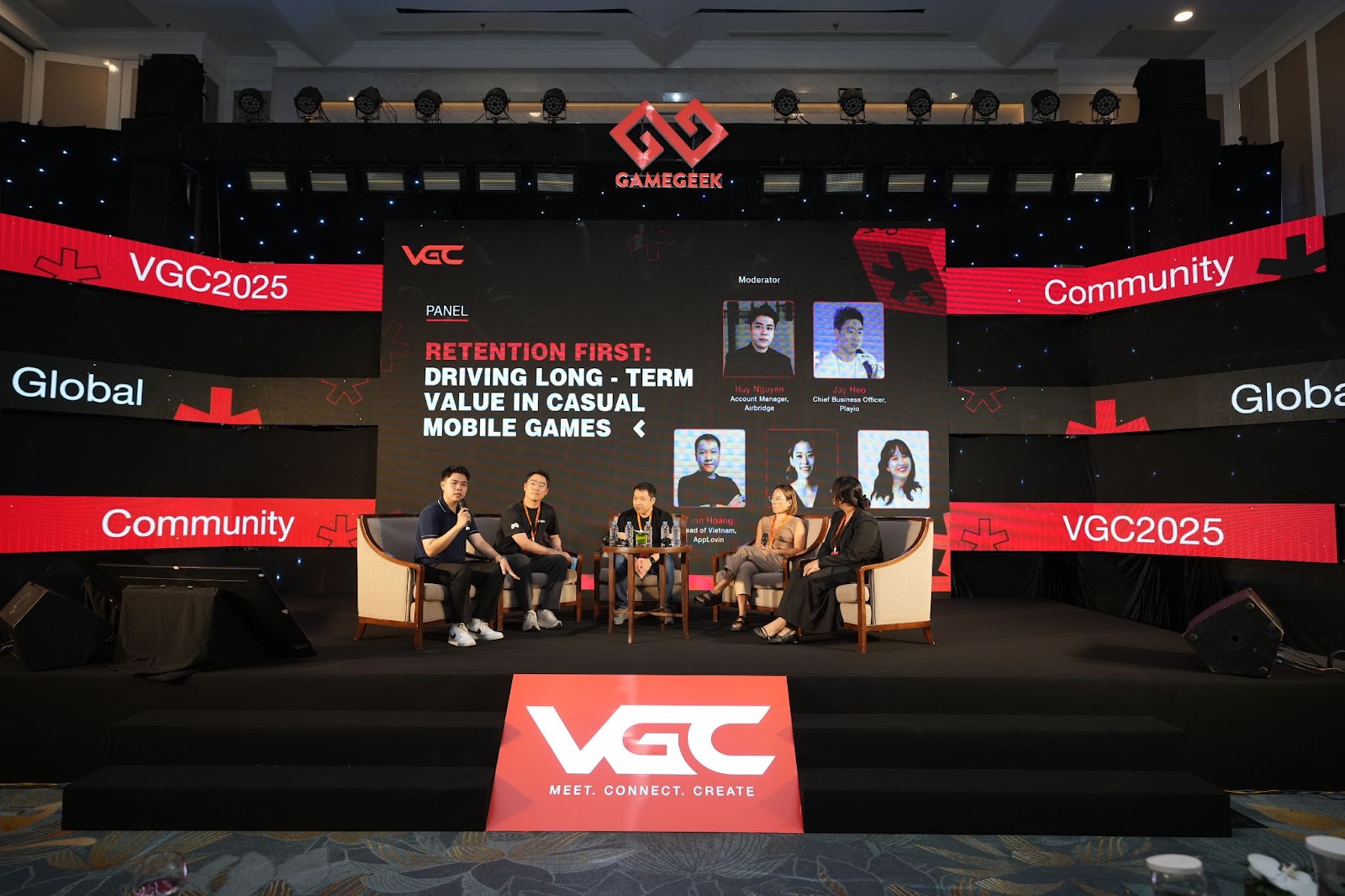
Each speaker closed with a takeaway that captured their outlook for the year ahead:
“Adapt fast or fall behind.”
“Go TikTok, go viral.”
“Diversity in your channel… and in your thinking.”
“Retention, playtime, and viability.”
No two messages were the same, but together they reflected a fast-changing, high-stakes, data-driven industry where agility, experimentation, and systems thinking separate those who thrive from those who fall behind.
If you're ready to take your game marketing to the next level, check out Airbridge. Our platform provides:
Whether you're an indie studio or an established publisher, Airbridge gives you the critical tools you need to stay ahead in today's fast-paced market. Contact our experts to learn more.


